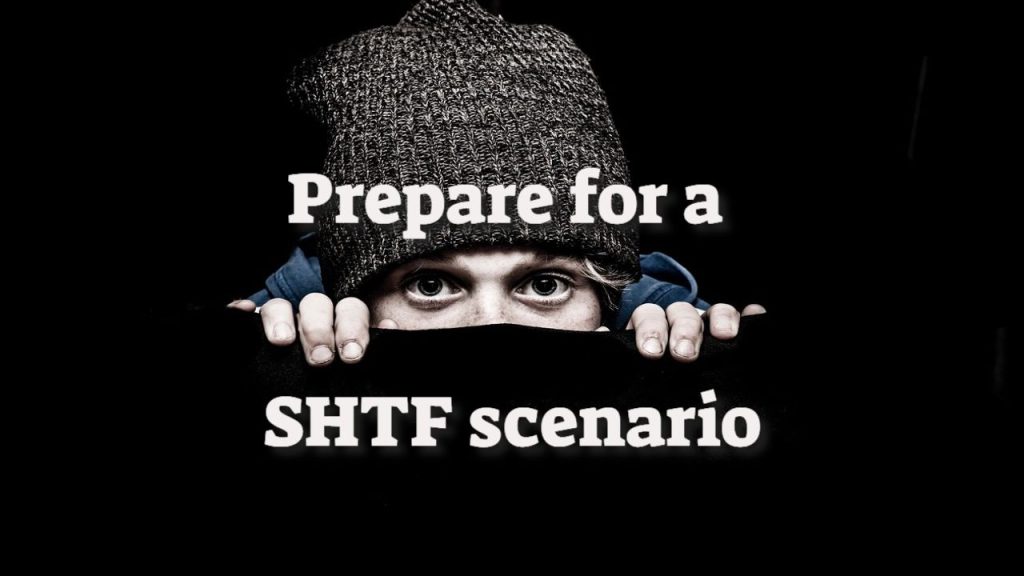Prepare for a SHTF scenario
Prepare for a SHTF scenario
Here are some recommendations for preparing and protecting your home in a SHTF situation.
Home invasions are an actual occurrence. It hasn’t happened to you yet, but it has in thousands of homes across the United States and worldwide. This is an undeniable truth about life.
Invasions happen for various reasons, but there are many ways to prepare for and protect your home against intruder violence and property damage.
A tight budget is acceptable here. There are various low-cost options for reinforcing your property.
When you are rioting or “nestled” by individual crooks who intend to rob and steal, it is one of the most secure places to be in your own home.
In such cases, aid from authorities may be entirely unavailable or delayed at best, leaving your entire family’s safety in your hands. Prepare for any threats immediately!
Home invasion is a serious crime. It occurs in the one place where you should feel safe. Your castle is your house; if its purity is damaged, you will feel unsafe elsewhere.
Statistics for home burglaries
Every 12 seconds, a home is broken into either the front or back doors.
Home burglars target ladies or older people who are alone in their homes. – FBI source.
Home invasions account for 38% of all assaults.
Sixty per cent of rapes occur during a home invasion.
Avoid regions where riots may erupt.
When riots break out, your family’s safety depends significantly on your location. Rural areas are the least affected, whereas city dwellers are the most vulnerable.
Looters and intruders will likely target affluent suburbs, upscale residential areas, and financial districts near major cities in the aftermath of riots.
Residents of Beverly Hills in Los Angeles, Denver’s Highlands, and Brooklyn are likely among the first casualties in the United States.
Recognise the possible epicentres of riots. Large-scale riots can disrupt universities, college campuses, public libraries, historic structures, and government institutions.
Keep in mind that rioters will target symbols of power and wealth. They will demolish costly cars, excellent dining facilities, high-end hotels, and luxurious apartments.
Preparers must keep a low profile. Refrain from giving the impression that you are from the upper class. Avoid wearing expensive clothing, living in affluent neighbourhoods, eating at upscale restaurants, and driving expensive vehicles.
If you hear about rioting breaking out in the news, leave the city and relocate your family. Consider barricading the door to your parent’s or relative’s remote home.
Learn how to plan for a home invasion.
Knock or ring the doorbell:
Someone knocks on your door, and you answer. You open the door, and the criminal or perpetrators enter the house. This type of burglary often occurs throughout the day or early evening.
Deception:
Someone knocks on your door, claiming to be a delivery person, utility worker, injured person, missing person, or another seemingly unthreatening person, and you open it. When you open the door, they either try to shove their way in or the perpetrator(s) smash their way in.
Forced entrance happens when an intruder approaches a door and kicks or punches it. Most doors, including those with a built-in deadbolt, may be busted open with a powerful, well-placed kick just below or above the knob!
Burglary:
The attacker breaks a door or window lock using a crowbar, screwdriver, lockpick, hammer, or rock before sneaking into the house and surprising the homeowner in another room.
The burglars take advantage of your compassion. They claim to be injured, have a sick child, or have been involved in an accident and require medical attention. Inform them that you will be calling 911 to report the event.
Please do not open the door and instead communicate through it. If they’re telling the truth, it doesn’t matter if you let them in. When you call 911, help will come, and your front door is ideal for them to wait.





